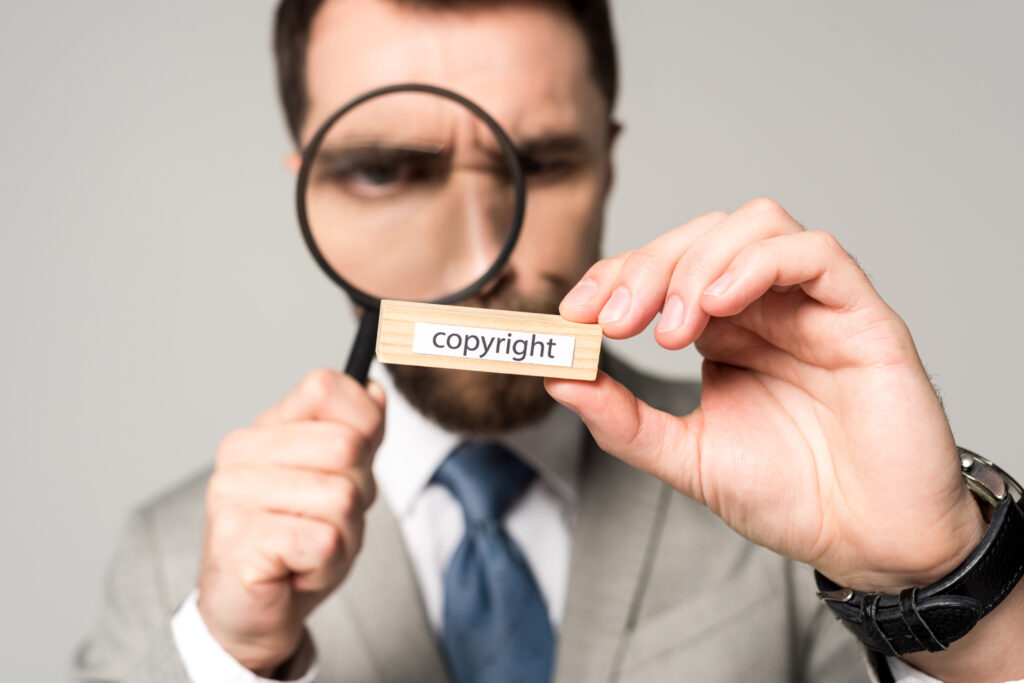SMACC Guide: Press Accreditation Press Passes for Influencers and Content Creators
In today’s fast-evolving media landscape, the line between traditional journalism and digital influence continues to blur. For influencers, vloggers, and independent content creators, press accreditation can open doors to events, experiences, and opportunities that elevate both content quality and credibility. Yet, obtaining press accreditation is often described as a “chicken and egg” problem: you need recognition and reach to get accredited, but you also need accreditation to build recognition and reach.
Why Press Accreditation Matters
Press accreditation is essentially an official recognition that you are reporting on behalf of a media outlet. It can grant:
- Exclusive Access – Special entry to restricted zones (press pits, backstage, paddocks, or media lounges).
- Credibility – Accreditation demonstrates that you are a recognized part of the media, making it easier to approach sponsors, brands, and event organizers.
- Resources – Many events provide press packs, media briefings, or early access to official materials.
- Networking – Accredited media areas often serve as hubs where creators can meet journalists, industry leaders, and fellow creators.
Without accreditation, you may still cover events as a member of the public, but you’ll be limited to public spaces, restricted viewing angles, and less professional standing.
Different Levels of Events
- Small/Local Events: Often, you won’t need formal press accreditation. Local music festivals, small conferences, or community sports events may welcome coverage if you simply introduce yourself as a creator.
- Medium-Sized Events: These usually have a media registration process. You may be asked to share audience statistics, examples of coverage, and a statement of intent. For example, a regional tech expo or niche sports competition will likely accept a dedicated influencer with an engaged following.
- Major Global Events: Examples include Web Summit, Formula 1, or MotoGP. Accreditation here is highly competitive. Organizers will typically require proof of consistent, professional coverage, audience reach, and affiliation with a recognized media outlet.
What You’ll Need to Apply
- Application via Press Office – Search the event’s official site for a “Media” or “Press” section.
- Portfolio of Work – Examples of past event coverage (articles, videos, or social posts).
- Letter of Assignment – Typically required from an editor or publisher stating that you are commissioned to report.
- Audience Data – Metrics on your following (reach, engagement, demographics).
- Identification – Sometimes a press card or proof of affiliation.
The Myth of the Press Card
There is no single universal “press card.” Different associations issue cards that serve as proof of professional identity. For instance, the UK’s National Union of Journalists issues press passes. Similarly, SMACC provides an accreditation system, including certificates and ID, which can support your applications.
While not always accepted at the highest-profile events, these IDs signal credibility and commitment to professional standards.
Advantages and Disadvantages of Press Accreditation
Advantages:
- Enhanced credibility.
- Access to restricted areas.
- Better networking opportunities.
- Higher quality content (better angles, behind-the-scenes access).
Disadvantages:
- Often requires proof of prior work and reach (hard for beginners).
- Accreditation does not guarantee full access (some areas remain restricted).
- Highly competitive at top-tier events.
- Application processes can be time-consuming and sometimes costly.
Tips for Content Creators
- Start Small: Cover smaller events to build a portfolio.
- Leverage Your Metrics: Even if your following is smaller, demonstrate engagement and niche influence.
- Seek Partnerships: Collaborate with small media outlets to obtain an assignment letter.
- Use SMACC Accreditation: Present yourself as part of a recognized community of creators.
- Apply Early: Press offices often close applications weeks (sometimes months) in advance.
Final Thoughts
Press accreditation is a gateway to recognition, credibility, and professional opportunities in the creator economy. While it may seem daunting at first—especially for smaller creators—persistence, portfolio building, and leveraging SMACC’s support can make the process more accessible.
In short: if you want to move from the public stands to the press box, from covering an event casually to being recognized as a professional voice, accreditation is a key step. SMACC exists to help bridge this gap, providing its community with the tools, recognition, and guidance to gain access where it matters most.



I truly respect your way of writing a blog. I’ve bookmarked it and will
I am truly thankful to the owner of this web site who has shared this fantastic piece of writing at at this place.